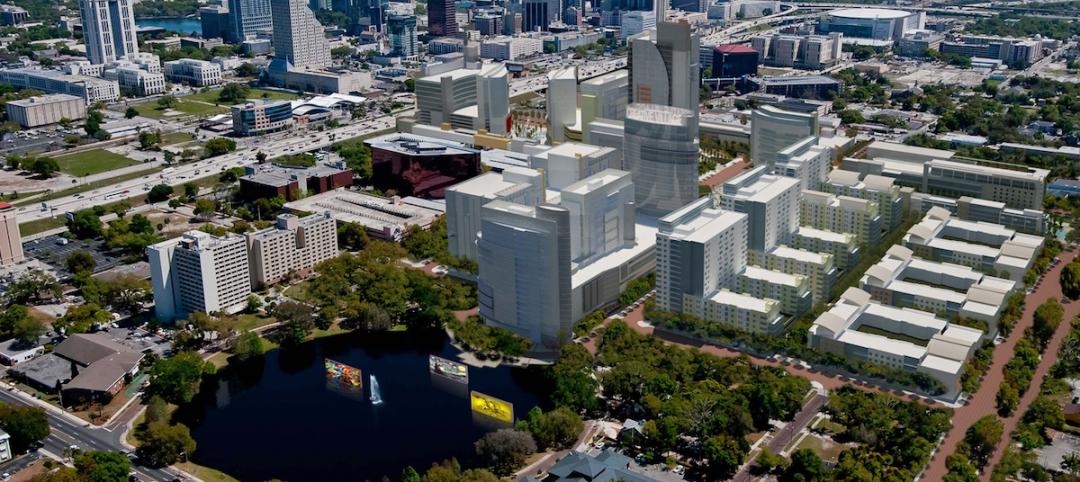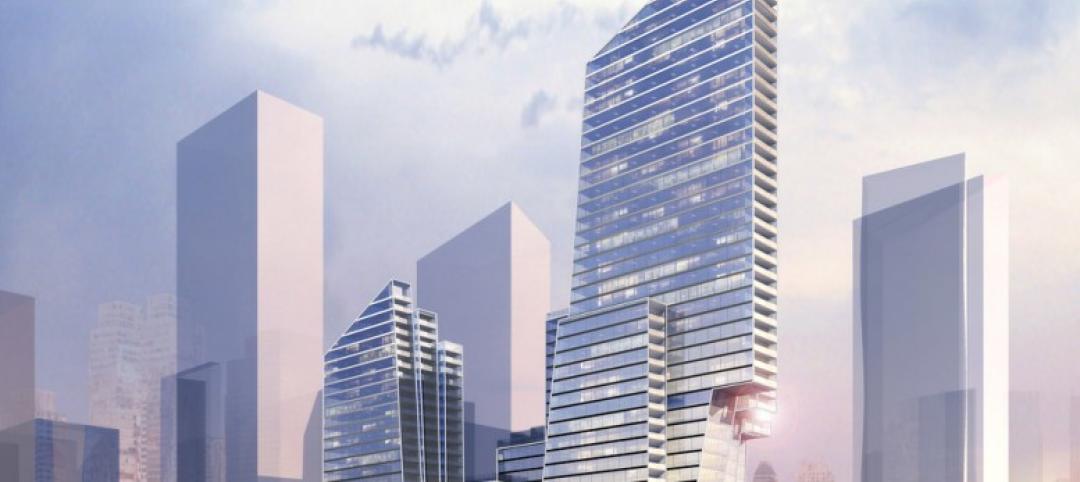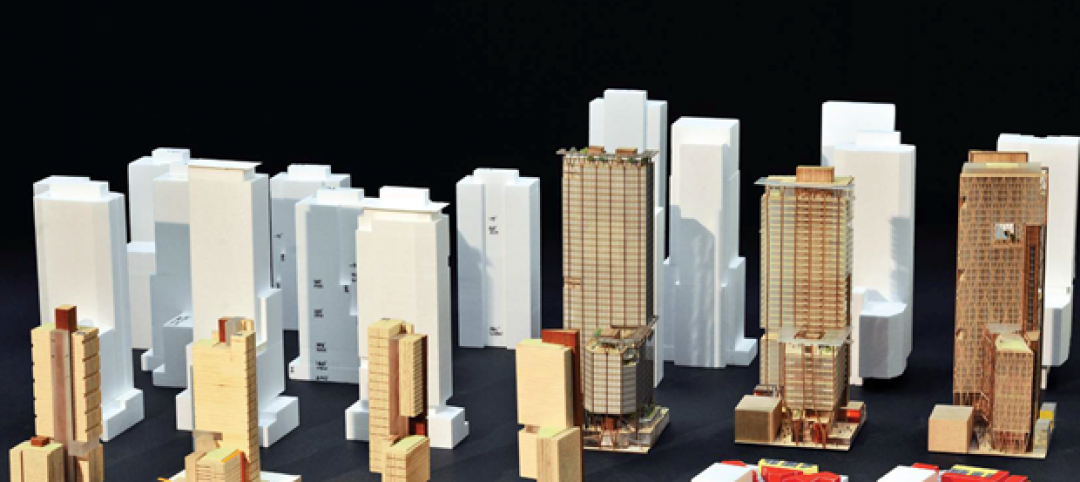The new Los Angeles headquarters for fast-growing Califia Farms, a brand of dairy alternative products, was designed with the post-Covid hybrid work environment in mind. Located in Maxwell Coffee House, a historic production facility built in 1924 that has become a vibrant mixed-use complex, the office features a café bordered by generous meeting rooms.
The café includes a bar and tasting room, with a sizable screen that displays the company’s digital media work. The two-level café, staffed by a barista, is a central hub for meeting, socializing, and indulging in Califia’s own plant-based milks, creamers, and frozen desserts.
“As soon as you step inside the office, you’re transported to the inviting ambiance of a bustling café,” says Alexis Dennis-Huether, the project's lead designer and Associate Principal with SLAM. “Rather than being greeted by a traditional receptionist, there’s a friendly barista, setting the tone for a unique and memorable experience. This entrance creates an impactful first impression that perfectly captures the brand's bold and playful personality.”
The challenge of accommodating a large team of 200 staff members within a 30,000 sf space inspired design firm SLAM to get creative with multi-purpose, open concept areas, according to a news release. This approach allowed for a stronger emphasis on functionality and flexibility.
Hybrid office design includes tasting room, indoor-outdoor connection
Hybrid office models can lead to worker isolation, but SLAM designed the space to counteract this risk. Large amenity spaces offer flexibility for chance encounters, collaboration, and meetings.
Equipped with kitchen appliances including a black electric cooktop and stainless-steel refrigerator, and the technology of a meeting room, the tasting room serves as a research and development space, where staff create, test, and refine products. It also becomes a relaxed setting for team activities, break-out meetings, and lunch preparation.

Throughout the office, 15% of workstations are dedicated to hoteling, all bathed with an abundance of natural light through large windows and skylights. Meeting rooms are equipped with high-quality video-conferencing solutions, allowing for seamless hybrid meetings and teamwork.
One design goal was to create an environment that interfaces with the public space outside. Creating vital indoor-outdoor connections, branding elements and office operations are visible from the street while roll-up garage doors open out to a patio to extend the office atmosphere into the downtown streetscape. Because of its strong street presence, Califia has become a friendly neighborhood fixture, fostering an important sense of community in this evolving area.
The office is adorned with abstract interpretations of the company’s brand speaking to a distinct identity and spirited culture. Califia Farms’ signature amphora-shaped bottle, with its distinctive curves, presides over the café lounge as a tinplated metal silhouette, adding a striking and eye-catching element. The continuous and smooth lines of the bottle are captured in the curvatures of the café bar while a more abstract interpretation of their product design is stamped into the carpet pattern.
Bold brand colors of red and blue are balanced against natural materials. Vermilion red encased banquette niches are recessed into wood-panelled walls, allowing for privacy and comfort. Framed in double pane glass, meeting rooms provide a sense of transparency, and feature small touches that mirror the Califia Farms’ brand, including an outline in a thick red trim that accentuates sharp angles and warm-toned finishes.
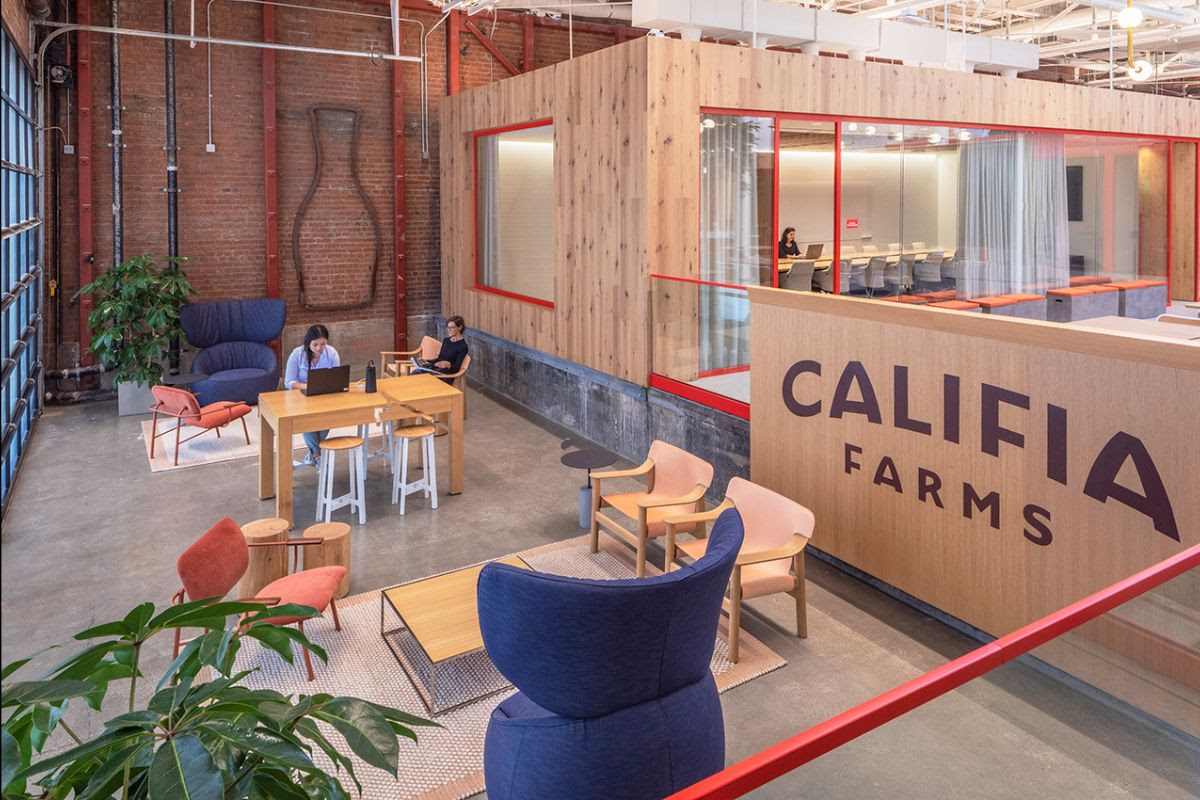
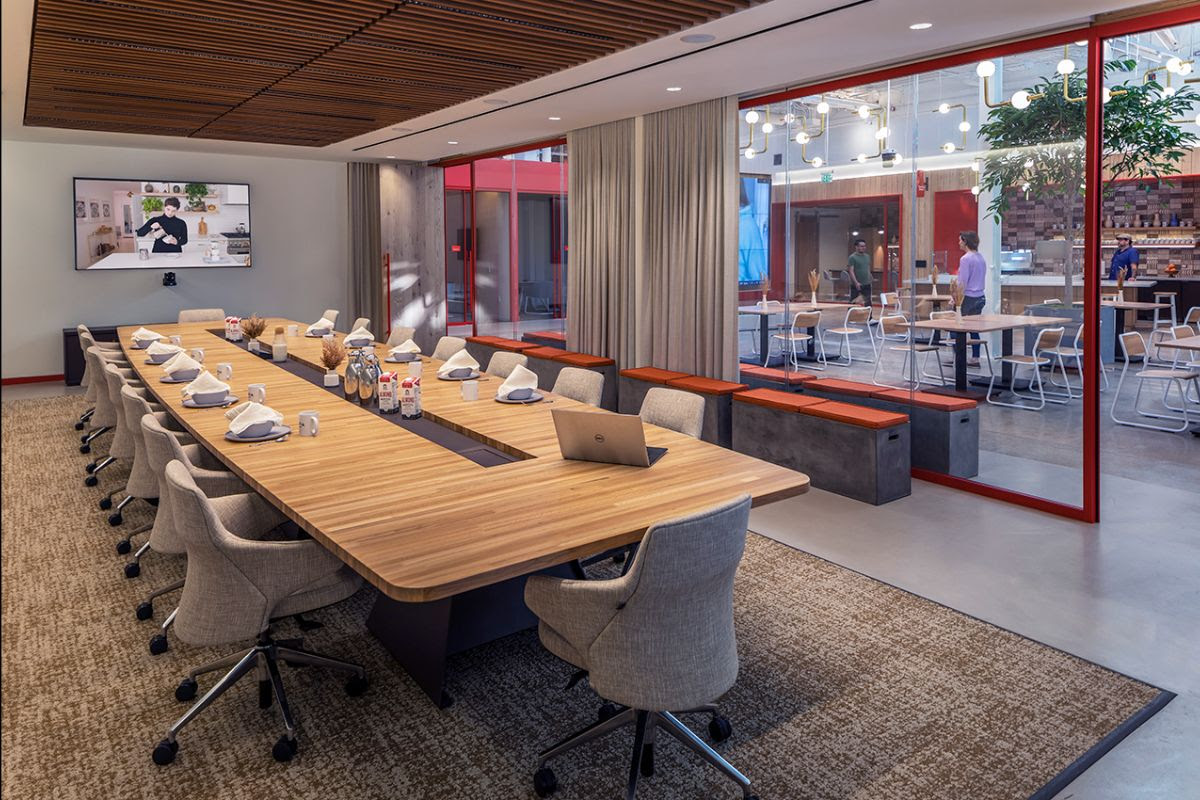


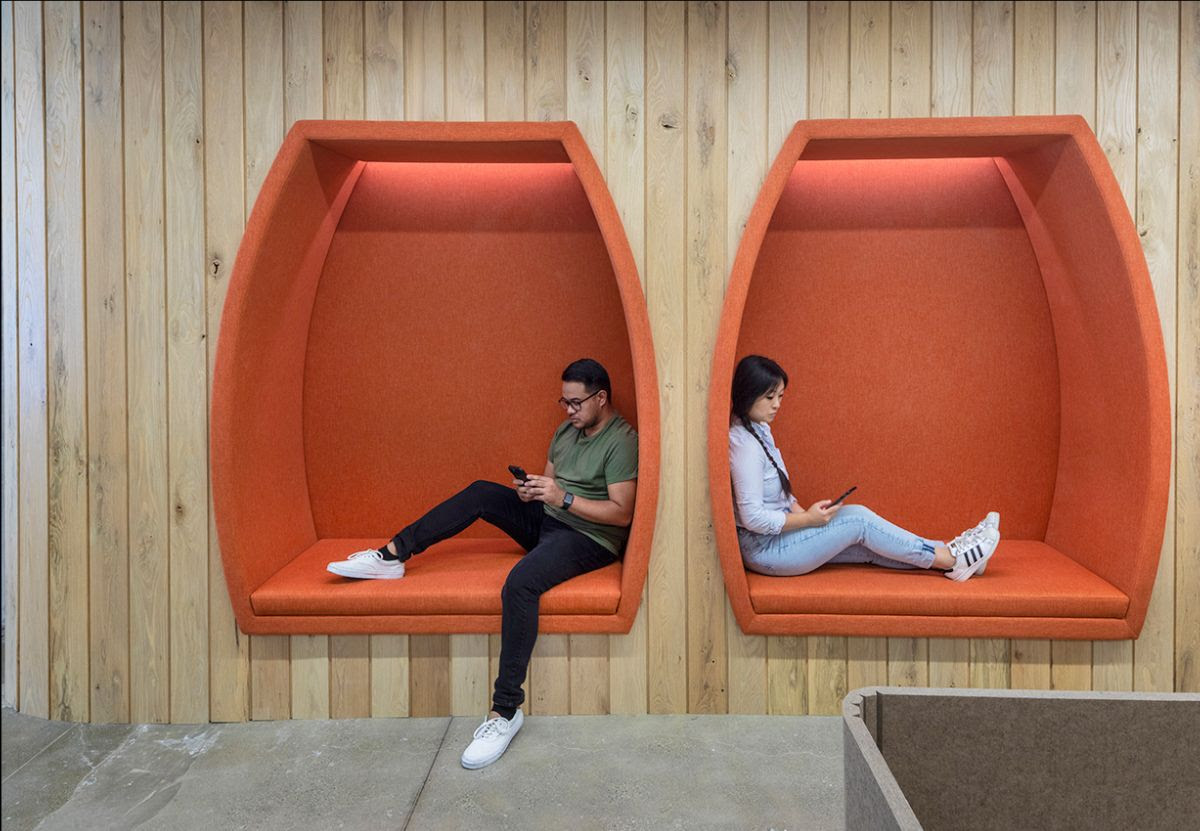
Related Stories
Sponsored | Coatings | May 14, 2015
Prismatic coatings accent the new Altara Center
This multi-use campus will contain a university, sports facilities, medical center, and world-class shopping
Industrial Facilities | May 11, 2015
SOM-designed Manufacturing and Design Innovation Institute opens in Chicago
The new space will be a place for academia, industries, and civic bodies to collaborate.
Mixed-Use | May 10, 2015
Construction on Orlando’s massive ‘innovation hub’ is finally starting
The $1 billion Creative Village development will create a business and education hub.
High-rise Construction | May 6, 2015
Two new designs submitted for New York City Riverside Center
Both designs reference the cantilevers and other elements featured in architect Christian de Portzamparc’s original masterplan for the complex, which has now been scrapped.
High-rise Construction | May 6, 2015
Parks in the sky? Subterranean bike paths? Meet the livable city, designed in 3D
Today’s great cities must be resilient—and open—to many things, including the influx of humanity, writes Gensler co-CEO Andy Cohen.
Building Owners | May 6, 2015
Hackathons and RFCs: Why one developer killed the RFP
In lieu of an RFP process, Skanska Commercial Development hosted a three-week "hackathon" to find an architect for its 2&U tower in Seattle.
Office Buildings | May 6, 2015
Is the office lobby the workplace of the future?
Perkins+Will's Tony Layne discusses three key trends driving the shift to workplaces that offer greater flexibility and choice for employees.
Mixed-Use | May 5, 2015
Miami ‘innovation district’ will have 6.5 million sf of dense, walkable space
Designing a neighborhood from the ground-up, developers aim to create a dense, walkable district that fulfills what is lacking from Miami’s current auto-dependent layout.
Codes and Standards | May 1, 2015
New energy efficiency program, Tenant Star, gets OK from Congress
The voluntary program for commercial and government buildings is modeled after Energy Star.
High-rise Construction | Apr 30, 2015
World Trade Center developer looks to Bjarke Ingels for new tower design
Norman Foster’s design for 2 World Trade Center may be ousted, as developers are currently negotiating with Danish firm BIG to redesign the original scheme.





